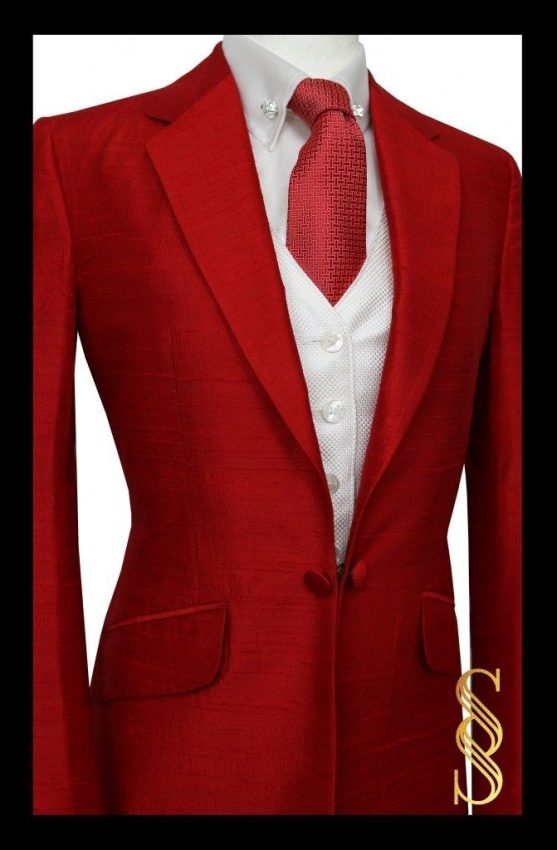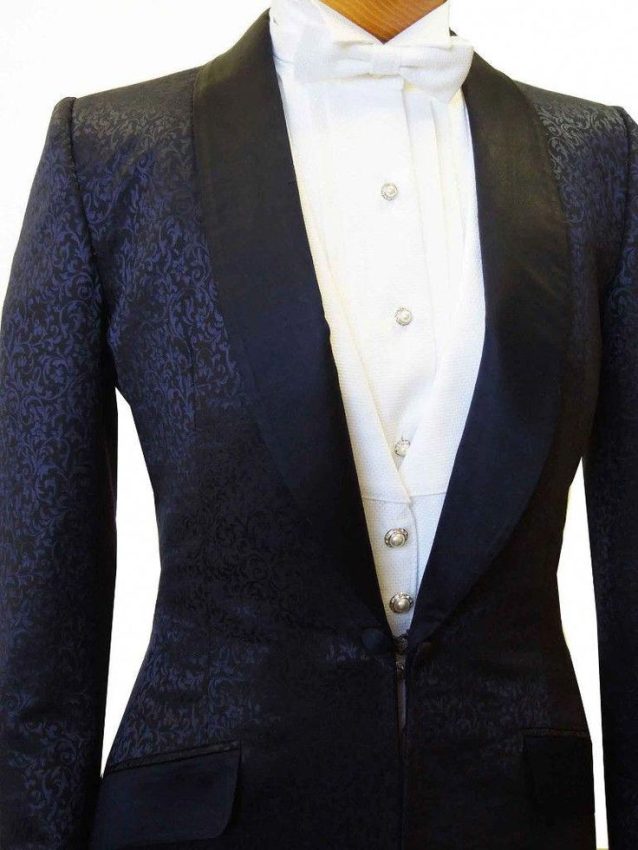FOAL ALERT: Why the Best breeders use it!
Why Foal Alert is a Game Changer for Horse Breeding: A Step Towards Success
When it comes to horse breeding, welcoming a new foal into the world is a moment filled with significance. It’s often the culmination of years of dedication, careful planning, and dreams for the future. Given how important this moment is, many breeders are looking to modern technology to enhance their breeding practices. One standout innovation is the Foal Alert system. In this piece, I’d like to share why some breeders are opting for Foal Alert, highlighting its benefits in boosting foal safety, streamlining labor, and improving overall breeding results.
At the heart of the Foal Alert system is its impressive ability to enhance the safety and well-being of foals during birth. These systems come equipped with sensors that keep an eye on pregnant mares, sending out a wireless alert when a mare shows signs of foaling. This early notification allows breeders to be present for those crucial moments of birth, ready to tackle any potential complications. In the world of horses, the difference between life and death for a foal can often depend on how quickly caretakers respond to issues like malpresentation or dystocia. Considering that complications can occur in about 10% of foalings, having the Foal Alert system in place brings peace of mind and an increased ability to protect both mare and foal.
But the benefits don’t stop at safety. Foal Alert systems can also help breeders make better use of their labor resources. In the past, keeping a close watch on foaling often meant having a team of people on hand around the clock, which can not only be costly but incredibly demanding. With a Foal Alert system, breeders can substantially minimize the number of staff needed during the night while still ensuring constant monitoring. This technological shift allows breeders to operate more efficiently, allowing them to concentrate their time and energy on other essential tasks in the breeding process—like nutrition, veterinary care, and facility upkeep—which ultimately boosts productivity and profitability.
Moreover, embracing the Foal Alert system can lead to better overall outcomes in breeding. Breeders using this technology often find themselves in a stronger position to monitor the health and behavior of their horses, especially in those crucial late stages of pregnancy. With round-the-clock monitoring of vital signs, they can quickly pick up on any signs of trouble, enabling early intervention that’s vital for the short- and long-term health of the foal. This proactive approach can help keep veterinary costs in check and ensures that foals grow up strong and healthy. Furthermore, a smoother foaling experience, coupled with the breeder’s capability to respond swiftly, can build trust with clients and prospective buyers alike.
The Foal Alert system is not just about keeping up with technology; it reflects a broader cultural shift in the breeding community. As breeders strive for more transparency and accountability in their practices, being able to document and monitor birthing events effortlessly fosters trust and enhances their reputation. By utilizing advanced tools like Foal Alert, breeders can provide measurable insights into their breeding programs, clearly demonstrating their commitment to high standards of care. This aspect is becoming increasingly attractive to potential buyers, making it a savvy choice for breeders aiming to stand out in a competitive market.
In summary, the reasons behind why some horse breeders choose to implement Foal Alert are varied and deeply rooted in a thorough understanding of the breeding process’s demands. By prioritizing foal safety, efficiently managing labor, improving health outcomes, and adding credibility to breeding practices, Foal Alert emerges as a modern solution to age-old challenges. As the equine industry continues to evolve, breeders who adopt these innovative technologies are likely to be better prepared to tackle the complexities of horse breeding. Ultimately, choosing Foal Alert represents not just a technological upgrade, but a steadfast commitment to excellence and a bright future for the equine world.
 advancements in this sector. By emphasizing deregulation, enhancing trade relations, and cultivating public-private partnerships, this administration has the potential to uplift the equine industry, encourage sustainability, and promote the welfare of our equine companions.
advancements in this sector. By emphasizing deregulation, enhancing trade relations, and cultivating public-private partnerships, this administration has the potential to uplift the equine industry, encourage sustainability, and promote the welfare of our equine companions. The history of equestrian clothing dates back to the Middle Ages, a time when knights and nobles proudly displayed their status through their attire, often dressing up for tournaments and celebrations. As time passed, these functional garments gradually transformed into the formal attire we recognize in today’s equestrian world, defining various disciplines within the sport. Nowadays, day coats and formal wear have been tailored to meet modern standards while still respecting the traditions that have developed over the centuries.
The history of equestrian clothing dates back to the Middle Ages, a time when knights and nobles proudly displayed their status through their attire, often dressing up for tournaments and celebrations. As time passed, these functional garments gradually transformed into the formal attire we recognize in today’s equestrian world, defining various disciplines within the sport. Nowadays, day coats and formal wear have been tailored to meet modern standards while still respecting the traditions that have developed over the centuries. daytime competitions, which is where the name “day coat” comes from.
daytime competitions, which is where the name “day coat” comes from. customs of the sport, fostering a sense of camaraderie and shared values among participants. Additionally, these garments enhance the overall atmosphere of the event, contributing to a sense of professionalism that resonates with both judges and spectators.
customs of the sport, fostering a sense of camaraderie and shared values among participants. Additionally, these garments enhance the overall atmosphere of the event, contributing to a sense of professionalism that resonates with both judges and spectators.